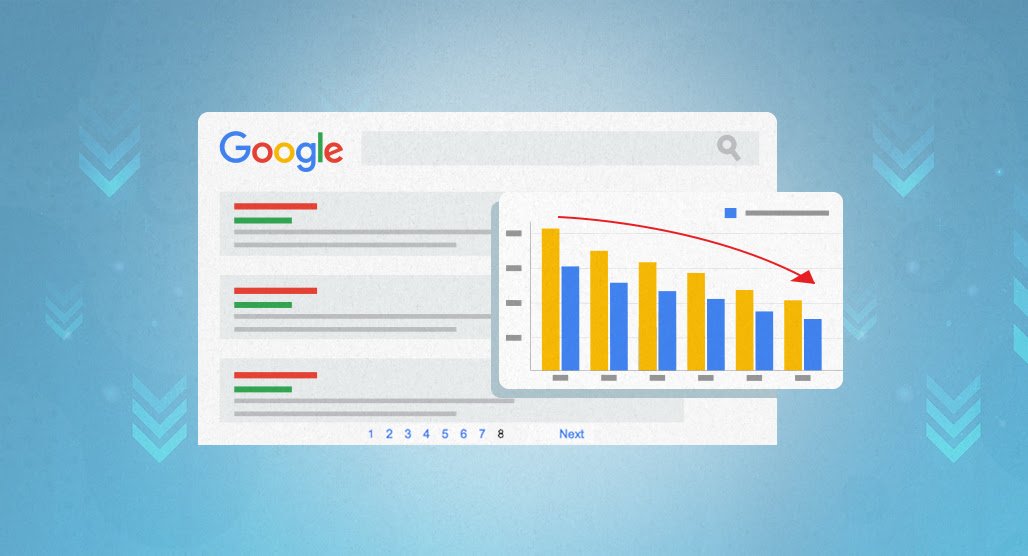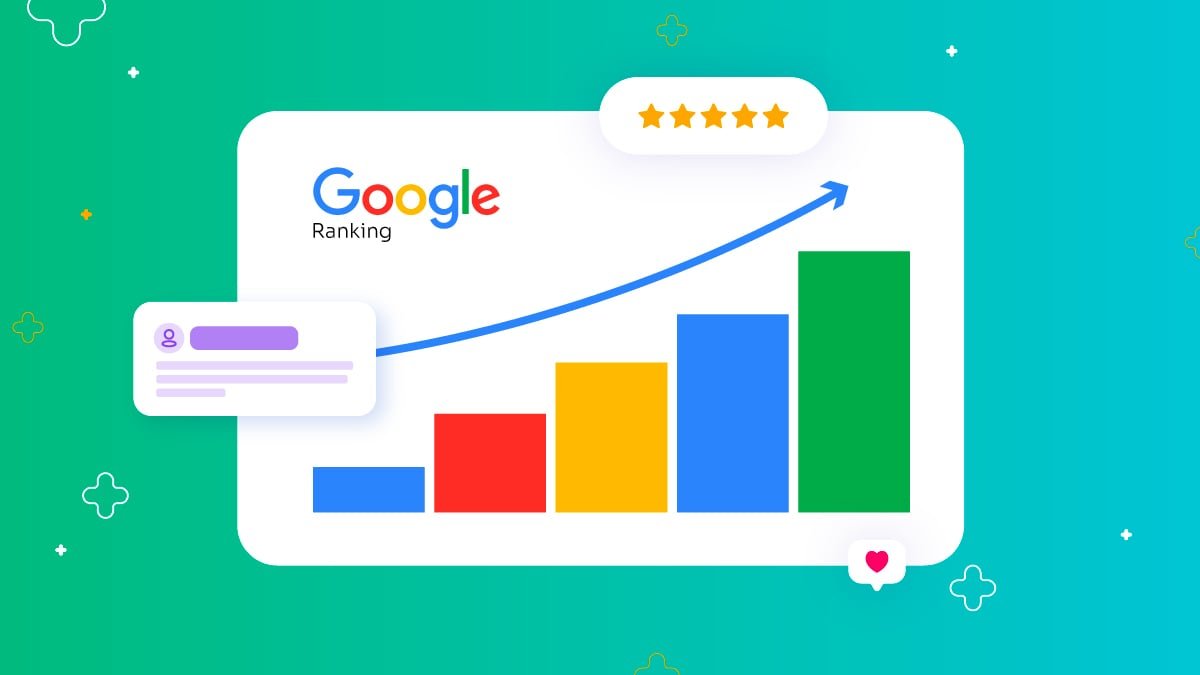Ranking high on Google is the dream of every website owner. But with millions of pages competing for attention, achieving those top spots takes strategy, consistency, and smart execution. If you’re wondering how to improve Google rankings effectively, this guide will help you understand the key elements that truly move the needle.
Why Google Rankings Matter
Higher Google rankings mean more visibility, more traffic, and ultimately, more conversions. When your website appears on the first page of search results, users see your brand as trustworthy and authoritative. Learning how to improve Google rankings helps you attract qualified leads without spending a fortune on ads.
1. Start with Strong Keyword Research
The foundation of every SEO strategy is effective keyword research. Understanding what your audience searches for allows you to tailor your content accordingly.
How to Do It Right
-
Use tools like Google Keyword Planner or SEMrush to find relevant keywords.
-
Focus on long-tail keywords that match user intent.
-
Analyze competitor keywords for additional opportunities.
-
Naturally integrate your main keyword throughout the page, especially in titles, headings, and the first paragraph.
By aligning your content with search intent, you’re already taking a big step toward learning how to improve Google rankings.
2. Create High-Quality, Engaging Content
Content is the heart of SEO. Google prioritizes pages that provide valuable, original, and user-focused information.
Tips for SEO-Friendly Content
-
Write in an active voice and keep sentences clear.
-
Use transition words to maintain flow and readability.
-
Incorporate images, infographics, or videos to boost engagement.
-
Update older posts with fresh data and insights.
-
End each article with a clear call to action.
If you want to know how to improve Google rankings, focus on creating content that satisfies both readers and search engines.
3. Optimize On-Page Elements
Every page on your site should be optimized to communicate relevance and quality. Google’s algorithms analyze several factors to determine where your content fits in the results.
Essential On-Page Optimization Steps
-
Write descriptive title tags with your target keyword.
-
Craft meta descriptions that encourage clicks.
-
Use header tags (H1, H2, H3) to organize your content.
-
Include internal links to relevant pages on your website.
-
Optimize images with alt text and compressed sizes.
Small details add up, and proper on-page SEO is a crucial part of how to improve Google rankings sustainably.
4. Build High-Quality Backlinks
Backlinks are a major ranking factor because they signal trust and authority. The more reputable sites link to yours, the more credible Google considers your content.
Strategies to Earn Backlinks
-
Create shareable, original content like studies or guides.
-
Guest post on authoritative websites in your niche.
-
Reach out to industry blogs for collaborations or mentions.
-
Fix broken backlinks by offering your updated content as a replacement.
When learning how to improve Google rankings, never buy low-quality links—they can harm your credibility and even lead to penalties.
5. Improve Technical SEO
Technical SEO ensures that your website runs smoothly and is easy for search engines to crawl. Even the best content won’t rank well if your site has technical issues.
Key Technical SEO Practices
-
Optimize your website speed—aim for under 3 seconds load time.
-
Ensure your site is mobile-friendly and responsive.
-
Use HTTPS to provide a secure browsing experience.
-
Fix crawl errors and broken links using Google Search Console.
-
Add structured data (Schema markup) for better indexing.
Understanding and improving technical SEO is a powerful step in mastering how to improve Google rankings effectively.

6. Enhance User Experience (UX)
Google rewards websites that offer excellent user experiences. A site that is easy to navigate, visually appealing, and informative keeps visitors engaged longer.
Ways to Improve UX
-
Simplify your website design and navigation.
-
Make buttons and calls-to-action clear and visible.
-
Ensure consistent branding and typography.
-
Avoid intrusive pop-ups that frustrate visitors.
-
Keep paragraphs short and readable.
A positive user experience increases dwell time and decreases bounce rates—two key metrics that influence how to improve Google rankings.
7. Optimize for Mobile Users
Mobile-first indexing means Google primarily evaluates the mobile version of your site. If your site isn’t optimized for smartphones, you’ll lose ranking potential.
Best Practices
-
Use responsive design that adapts to all devices.
-
Test your site’s mobile performance with Google’s Mobile-Friendly Test.
-
Optimize images and videos for smaller screens.
-
Keep menus simple and easy to navigate.
A seamless mobile experience is essential if you want to understand how to improve Google rankings in today’s mobile-driven world.
8. Track, Measure, and Adjust
SEO is not a one-time effort; it’s an ongoing process of testing and refining. Use analytics tools to track performance and make data-driven improvements.
Tools to Use
-
Google Analytics: Monitor traffic, bounce rates, and user behavior.
-
Google Search Console: Track keyword performance and indexing issues.
-
Ahrefs or SEMrush: Analyze backlinks and competitor trends.
Regular monitoring helps you understand what’s working—and what isn’t—so you can keep improving your Google rankings over time.
Conclusion
Learning how to improve Google rankings requires a mix of creativity, technical expertise, and persistence. From keyword research and content creation to technical optimization and backlink building, every element plays a role in your success.
Remember, Google rewards consistent effort and quality. When you prioritize value for your audience, follow SEO best practices, and adapt to changes, your website will steadily climb the search results. By mastering how to improve Google rankings, you set the stage for long-term online growth and authority.











